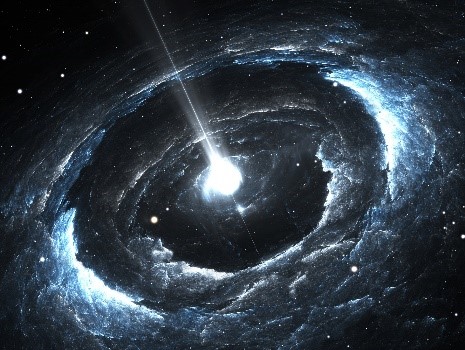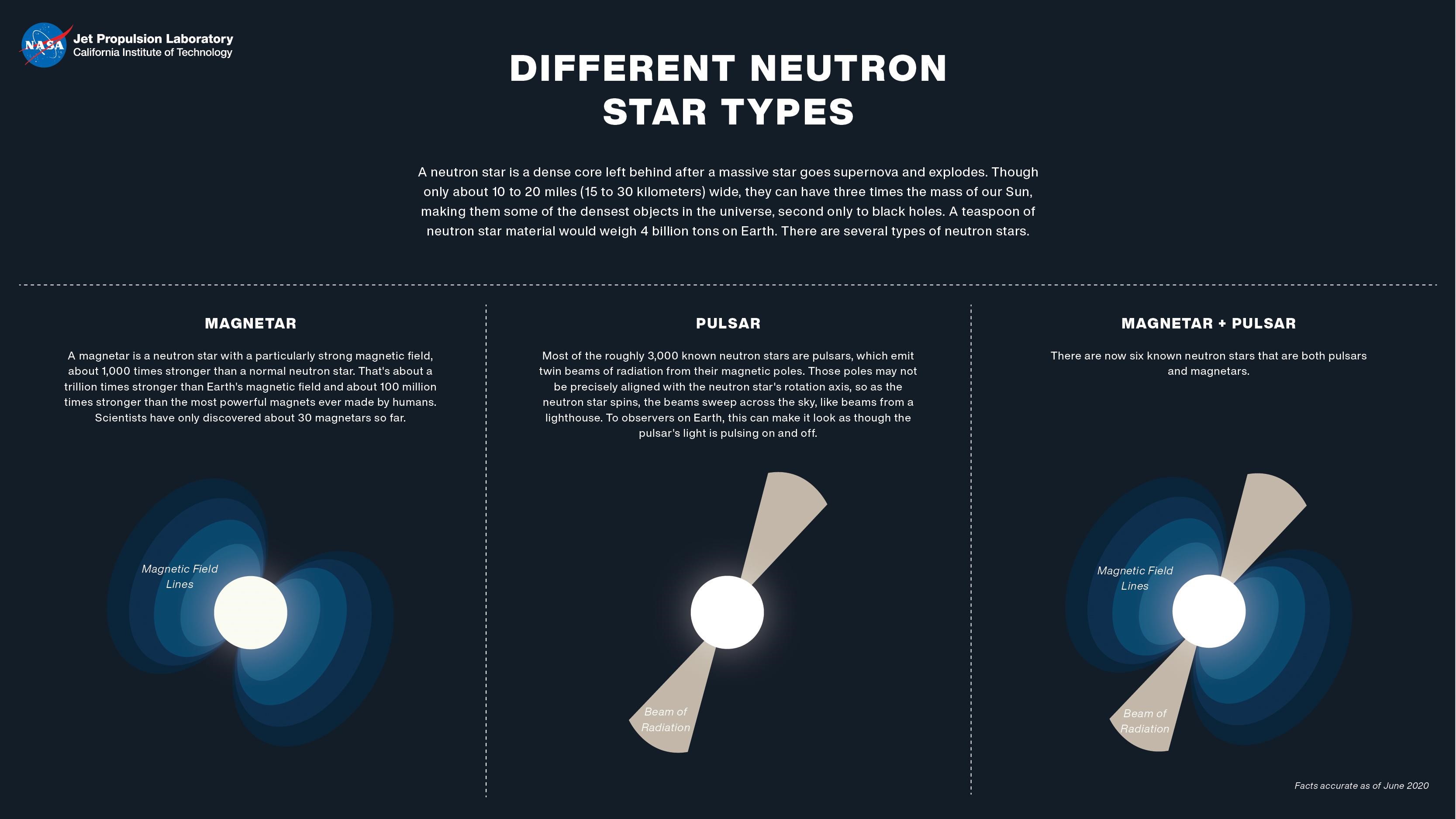Free Courses Sale ends Soon, Get It Now


Free Courses Sale ends Soon, Get It Now



Disclaimer: Copyright infringement not intended.
Context:
Background: Pulsars & Neutron Stars:
Emission from Pulsar Star:

Spider Star Systems:
Mechanism:
TRIVIA

https://www.space.com/spider-system-pulsar-gamma-ray-eclipses
© 2024 iasgyan. All right reserved